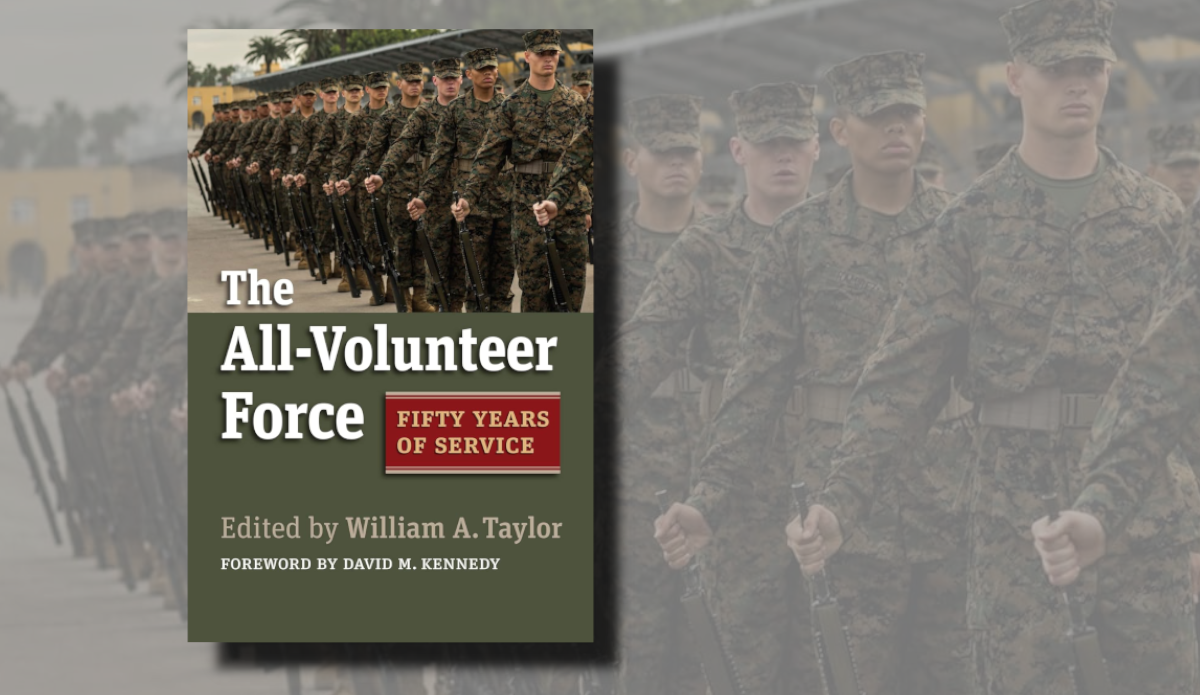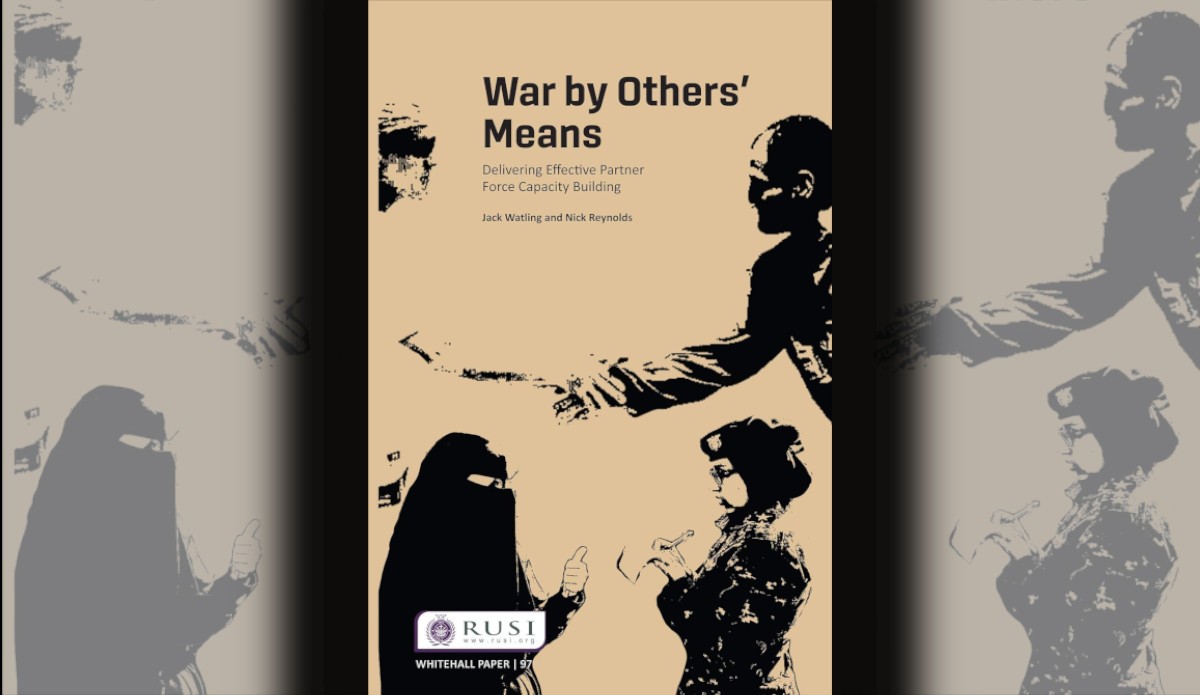ADFA Battlefield Study Tour: A ‘Lightbulb’ Activity
In my early days as a Trainee Army Officer, I often found myself wanting a better grasp of how all the elements and levels of warfare fitted together. The Joint Military Education and Training program at the Australian Defence Force Academy (ADFA) focused on strategy. Conversely, the concurrent Single Service Training periods at the Royal Military College, Duntroon (RMC), dealt almost exclusively with tactics. With a lack of military experience, I did not truly understand how tactical actions nested within the operational and strategic levels of war. For me, participation in a battlefield study tour (BFST) to Okinawa in my final year at ADFA resolved this deficiency. The activity bridged the gaps in my knowledge as well as expanding my comprehension of military operations in general. This exposure would soon aid my studies in my final year of study at RMC.
The Ryuku Campaign saw some of the most savage fighting on the land, sea and in the air of the Second World War. The Japanese understood that the Ryukyu Island chain – of which Okinawa is the key island – was the last line of defence preventing Allied forces from staging an invasion of the Japanese mainland. The Japanese 32nd Army was determined to make the US 10th Army pay for every inch of the island; and pay they did, with some 49,000 casualties, including 12,520 killed - one of which was the General commanding the Allied forces.
One of the first briefs our group received detailed how the Japanese forces adjusted their offensive doctrine to the situation and terrain. Effectively, they turned the whole island into a giant delay battle. Each line of defence comprised multiple strong points, often making superb use of reverse slope positions which mitigated tremendous US firepower. These positions were supported in depth by indirect fire weapons systems often hidden in caves. The intent was to layer fires on American forces as they assaulted through close terrain, often up steep gradients. A subterranean network of tunnels also allowed the Japanese to transition reserve forces and combat supplies rapidly between battle positions. Thus, from a Japanese perspective, the tactical achievement of delay at each and every position served both the operational plan and the strategic intent of defending the home islands.
One of the many instructive locations we visited was Kakazu Ridge – now a park where key terrain can be readily observed. On this ridgeline, the US 96th Infantry Division encountered a series of heavily fortified caves. Unable to dig in due to the hard-coral based hillsides, American soldiers became pinned by enemy machine gun, mortar and artillery fire. After four days of failed attacks, the 96th was relieved by the US 7th Infantry Division. It too failed in its offensive actions to secure the feature and had to be relieved by a third formation – the US 27th Infantry Division. A US armoured assault – incautiously unsupported by infantry - lost 22 tanks. Finally, after nearly 14 days of fighting, US forces managed to secure the ridgeline. A single battle had exhausted three US combat divisions, demonstrating the degree of tactical delay achieved, in accordance with Japanese intent. Colloquially, it was named the "Meat Grinder” for a good reason.
Being briefed about a battle is one thing, but being able to walk the ground itself is the real “x-factor”. Squeezing inside a pillbox, looking down the fire lanes used by a determined Japanese machine gunner, I could easily understand how such a position would achieve tactical delay nested into operational intent!
A vital aspect of any BFST is that it promotes individual and guided reflection. It was during the guided discussions on this study tour that everything came together for me. Walking the ground allowed me to see how troops were asked to suffer in order to facilitate operational and strategic ends. These insights and my desire to understand - supported by the knowledge of our BFST staff – enabled me to see to the connection between the ADFA classroom and activities undertaken in Majura Training Area.
The BFST also proved to be a brilliant engagement activity with our group receiving excellent support from the US military forces stationed on the island. Our first day involved a tour of the massive US Kadena Air Base by the Chief Historian of the US 18th Air Wing, and the US Marine Corps provided us with both very generous logistic support and the services of their resident expert on the Okinawa campaign. Indeed, one of the highlights of the tour was meeting with junior US Marine Corps officers and discussing their career experiences to date.
Upon entering RMC after graduation from ADFA, I found my experiences from the BFST greatly aided my studies. For example, I found that I could readily understand the considerations associated with establishing a defensive position. After seeing how combat took place on the ground, especially those many sites where features still existed from battle, I had superb context to apply in training situations. Sitting on top of the now famous Hacksaw Ridge, and viewing the battlespace from Japanese positions, the concepts of interlocking arcs of fire, mutual support and defilade positions all made sense. My only regret is that I did not have more military knowledge before attending the BFST as it would have made it an even more brilliant learning opportunity.
The Okinawa BFST was one of my best learning experiences in service to date. Walking the ground, in combination with expert guidance on the campaign, allowed me to grasp a whole range of valuable concepts that will vastly enhance my capabilities as a junior officer.
The Australian Army Research Centre coordinates Battlefield Study Tours or Staff Rides on behalf of Army and ADFA.
The views expressed in this article and subsequent comments are those of the author(s) and do not necessarily reflect the official policy or position of the Australian Army, the Department of Defence or the Australian Government.
Using the Contribute page you can either submit an article in response to this or register/login to make comments.



